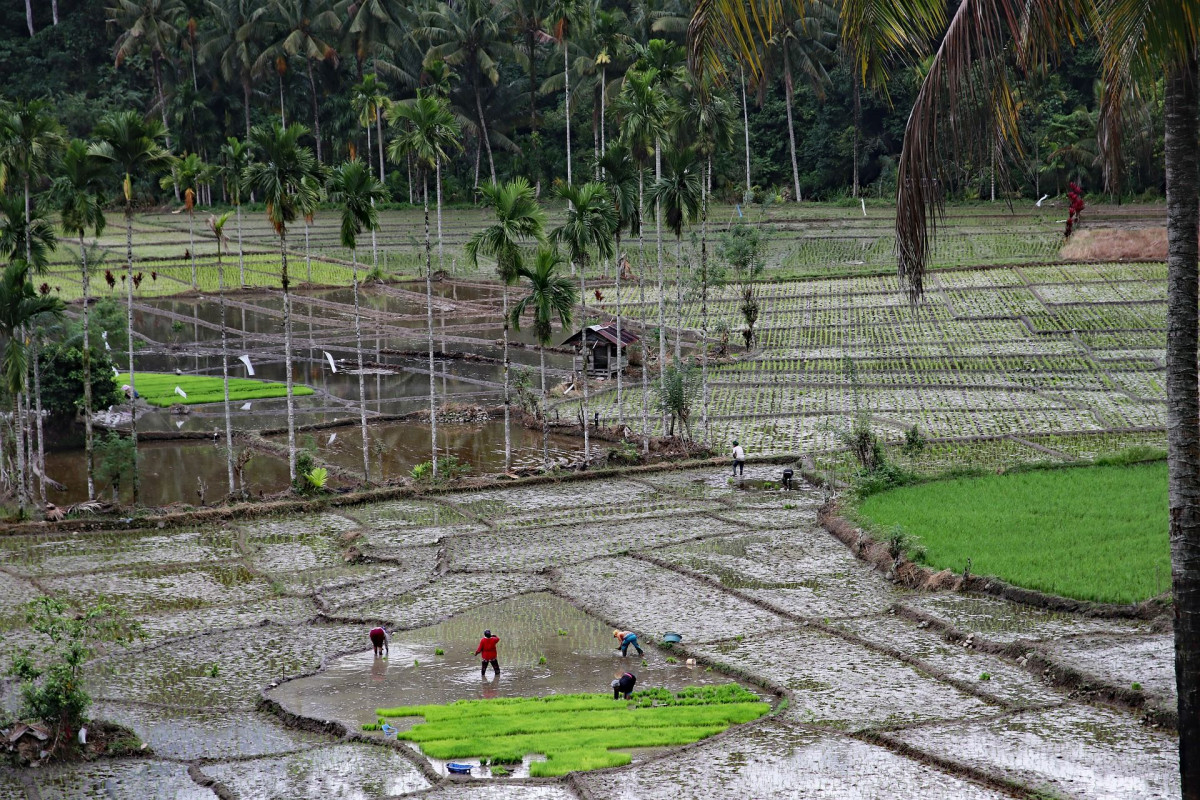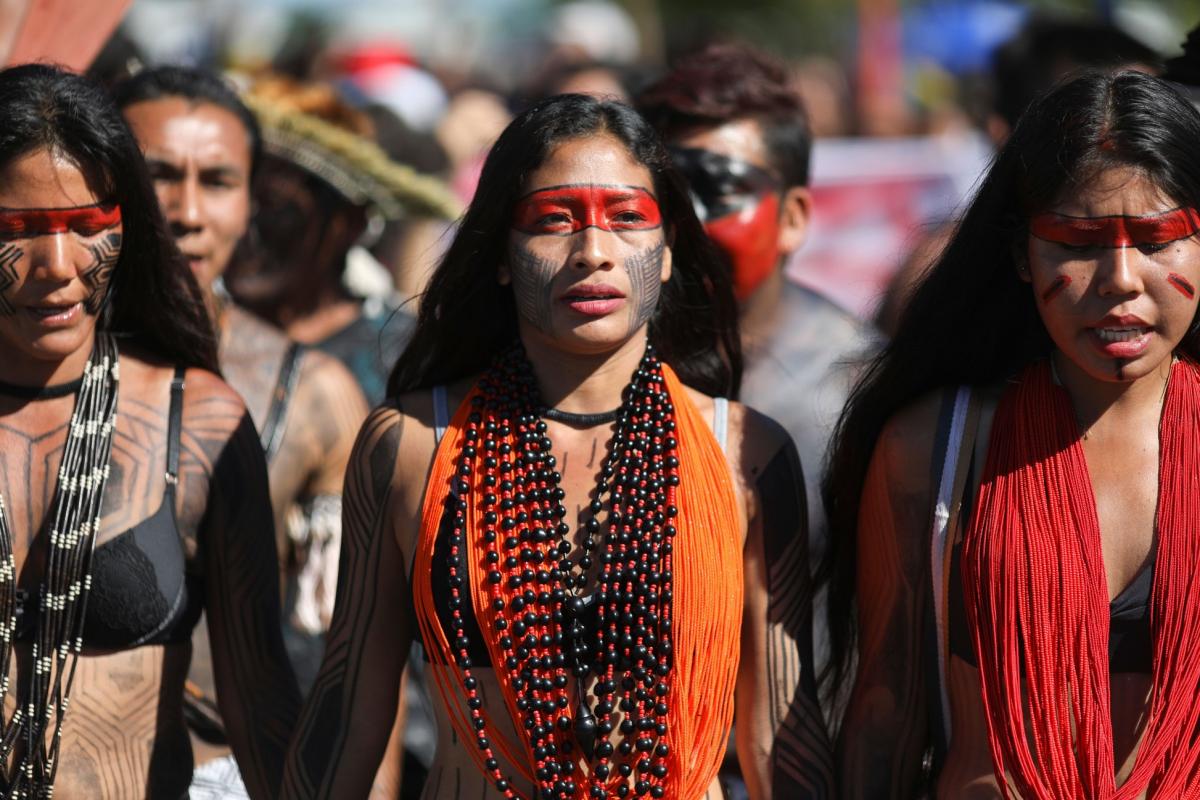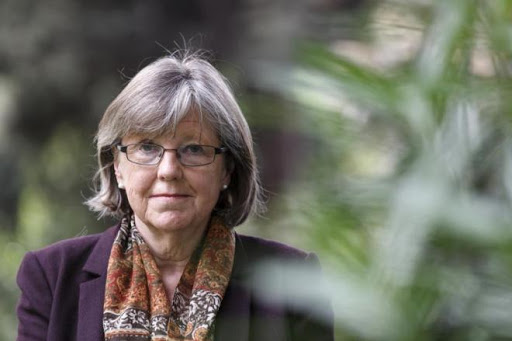Selva Maya in Mexico improves protected area management effectiveness
Processes to promote the ecosystem’s conservation focussed particularly on strengthening effective management of the protected natural areas.
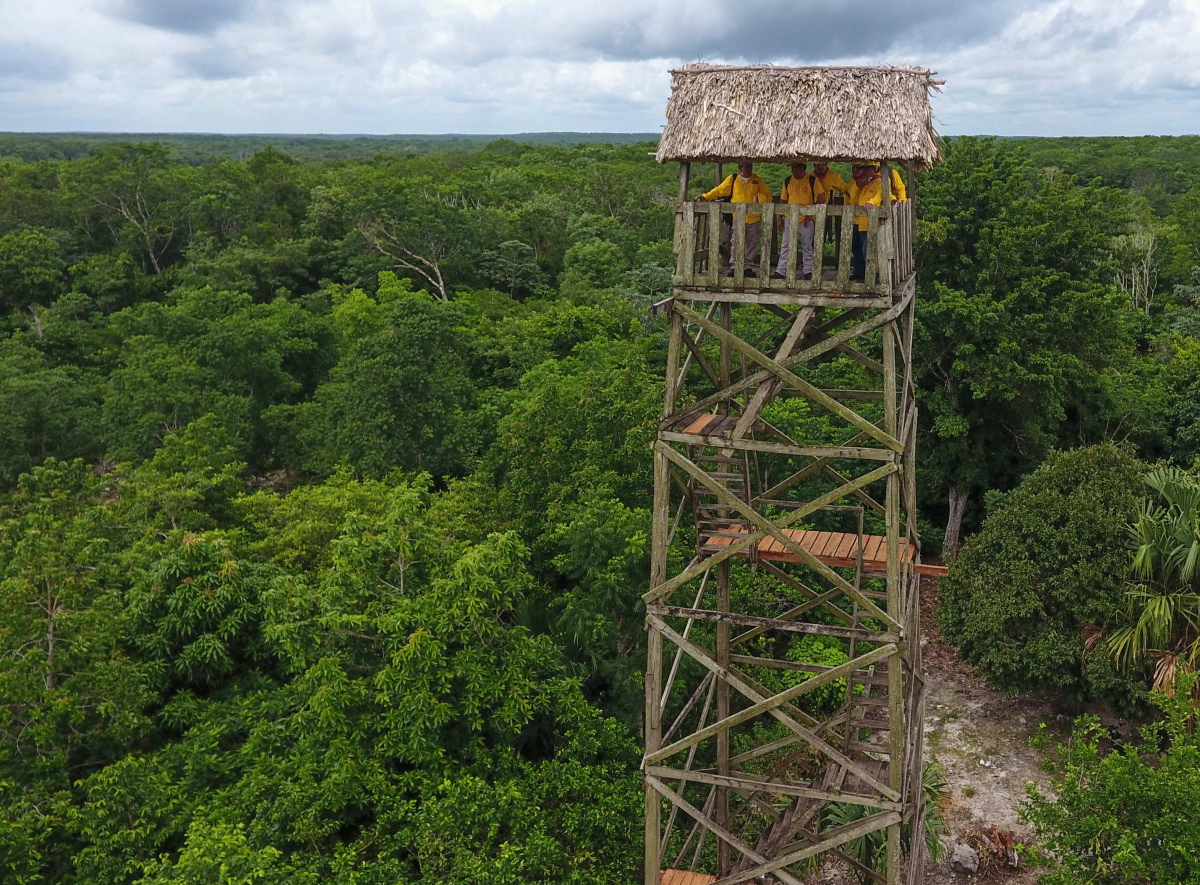
En la Selva Maya se impulsaron diversos procesos para la conservación y preservación del ecosistema, especialmente los relativos al fortalecimiento del manejo efectivo de las áreas naturales protegidas.
Photo: UICN / Eric Ecker
Mexico, May 26, 2021 (IUCN). During the development and implementation of the Selva Maya Natural Resources Protection Project, which includes areas in south-eastern Mexico, various high-impact activities produced measurable, successful results.
In protected natural areas of south-eastern Mexico, the Selva Maya Natural Resources Protection Project has facilitated activities to boost management effectiveness. These included workshops to propose that “aguadas” (Natural water ponds) in the Calakmul Biosphere Reserve to be recognised as Ramsar sites under the Convention on Wetlands of International Importance. In addition, equipment and more than ten vehicles were acquired to improve not only operating conditions, but also the safety of those carrying out protection and conservation actions in the field.
These activities have also included the participation of diverse actors and sectors to achieve the objectives of the protected area, the country, the Selva Maya region and even internationally, for example, Mexico’s commitments under the UNESCO World Heritage Convention. The Project facilitated the Calakmul management plan (titled “Antigua Ciudad Maya y Bosques Tropicales Protegidos de Calakmul, Campeche”) for this mixed heritage site, as well as comprehensive strategy to address the impact of forest fires on flora and fauna habitat in the Sian Ka’an World Heritage site.
For Dr José Armando Alayón-Gamboa, Sustainable Livestock and Climate Change, Biodiversity Conservation Dept. at Colegio de la Frontera Sur (ECOSUR), his experience adapting the IUCN Green List Standard to the conditions of Selva Maya was extremely positive, encouraging decisive steps for the sustainability and conservation of this ecosystem shared by Mexico, Guatemala and Belize.
“This tool makes it possible to work on criteria harmoniously across the different biosphere reserves and private reserves forming part of the Selva Maya Project. It has also enhanced trinational teamwork, experiences of the work group from [each member’s] sphere of action. But most of all, applying criteria helps the protected natural areas and private reserves transition toward a holistic vision of the ecosystem’s sustainability through improvement of the indicators evaluated. This is helpful for suggesting points (criteria and indicators) that need to be strengthened, or improved, based on each reserve’s progress,” commented Dr Alayón-Gamboa.
The Project financed several workshops in Mexico. One was held to assess the viability of promoting designation of the aguadas as wetlands of international importance under the Ramsar Convention. Another focussed on transect sampling to characterise forest combustibles in the Bala’an K’aax Flora and Fauna Protected Area. This will strengthen the knowledge of community fire-fighting brigades with tools to improve how transects are set up.
Once the Competency Standard was designed for community brigades in Bala’an K’aax, the management committee and expert technical group were formed and the committee was formally established with members assigned by the National Commission of Protected Areas. With the Competency Standard, brigades will be able to certify the set of knowledge, abilities, skills and attitudes required to carry out work activity at a high level of performance.
Of special note, an administrative assessment was concluded during 2021 so that a container can be acquired for use in the Bala’an K’aax Protected Area. This will strengthen institutional operability and functionality, establish a presence in the territory and allow staff to carry out protection and conservation tasks.
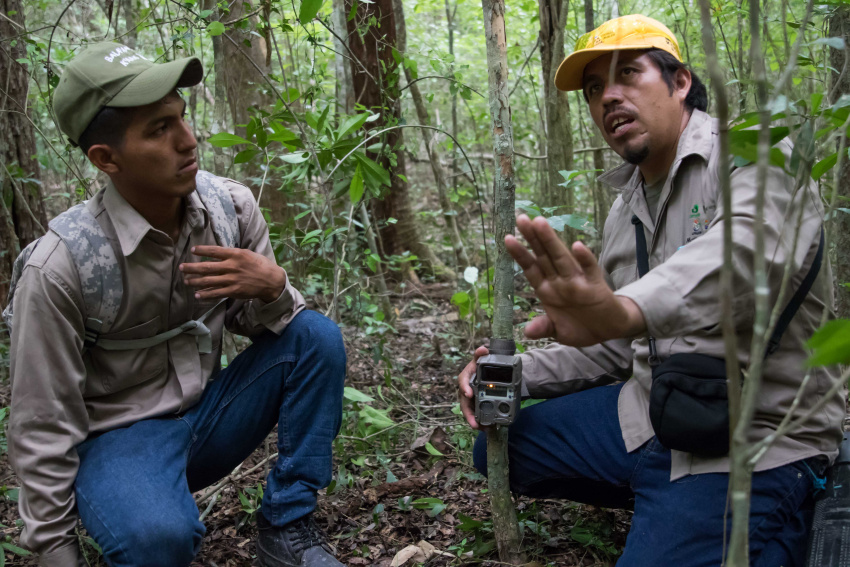 El Proyecto Protección de Recursos Naturales Selva Maya, implementado en áreas naturales protegidas del sureste de México, ha facilitado y hecho posible el desarrollo de actividades de impacto con diversos resultados para la efectividad del manejo.
Photo: UICN / Eric Ecker
El Proyecto Protección de Recursos Naturales Selva Maya, implementado en áreas naturales protegidas del sureste de México, ha facilitado y hecho posible el desarrollo de actividades de impacto con diversos resultados para la efectividad del manejo.
Photo: UICN / Eric Ecker
Dr Alayón-Gamboa emphasised that the project is in its first phase of detecting significant needs that must be addressed in some protected areas. “Training, accompaniment and guidance by IUCN experts have been highly motivating and enriching, so that we can do the work as member of a team. The impacts of this process on sustainability and conservation will definitely be reflected later on when subsequent evaluations are done, once the different reserves are placed on the Green List.”
Along with the workshops, several consultations focussed on comprehensive strategy to address the impact of fires on flora and fauna in the Sian Ka’an Complex. This contributed to correct management of the zone, incorporating information about the causes and effects of fires.
“The economic resources, technical input and equipment provided by the Project should strengthen management of the protected natural area, as well as help consolidate this social, environmental and political process in a single objective, which is the area’s conservation,” stated biologist Felipe Ángel Omar Ortíz Moreno, Director of the Sian Ka’an Biosphere Reserve.
He indicated that the Project has made it possible to work in sites where forest cover has been lost due to grazing and farming activities. Follow-up has been provided for projects that promote agroforestry, sylviculture, soil restoration and the mitigation of adverse impacts from interaction between wildlife and livestock. In addition, campesinos and ranchers living in the zone are receiving training to continue reforestation and help them produce without deforesting.
“Initially this Project has helped consolidate linkage among different government agencies, academic institutions and state and municipal government entities, as well as strengthening ties with the communities and inhabitants who carry out these activities. With respect to forest fires, having a document that analyses the causes of fires, proposes solutions for those causes and offers technical proposals to improve supervision and surveillance of the protected areas and encourage societal participation, has been crucial,” concluded Mr. Ortíz Moreno.
Conservation of the protected areas and Selva Maya also includes planning and implementing sustainable productive activities, several supported by the Project through training, feasibility analysis, commercial sustainability and in some cases, by detecting opportunities and providing financial support to improve, obtain or maintain certification under the Calakmul collective seal. In other cases, this is accomplished through equipment and different inputs to support the sustainability of community enterprises such as honey production, tourism services, artisanry, and other types.
“Thanks to this Project we’ve been able to work on restoring water bodies in ten different communities through community monitoring, which allows us to determine the situation of the different water bodies in and around the reserve,” stated José Adalberto Zúñiga Morales, Director of the Calakmul Biosphere Reserve.
Zúñiga Morales commented that there in only 16 park rangers to administer the whole area of Calakmul Biosphere Reserve that covers 723,000 hectares. The project has made possible that 40 community surveillance workers collaborate in monitoring threats, and the territory is now being co-administered by the Federal Government of Mexico and the local communities.
“In times of climate crisis, we have our hopes pinned on conserving Selva Maya for the good of life on the planet, with absolutely no doubt about the need to intensify efforts and take advantage of help from international cooperation to ensure wildlife on the planet,” the Director of Calakmul Biosphere Reserve stated.
